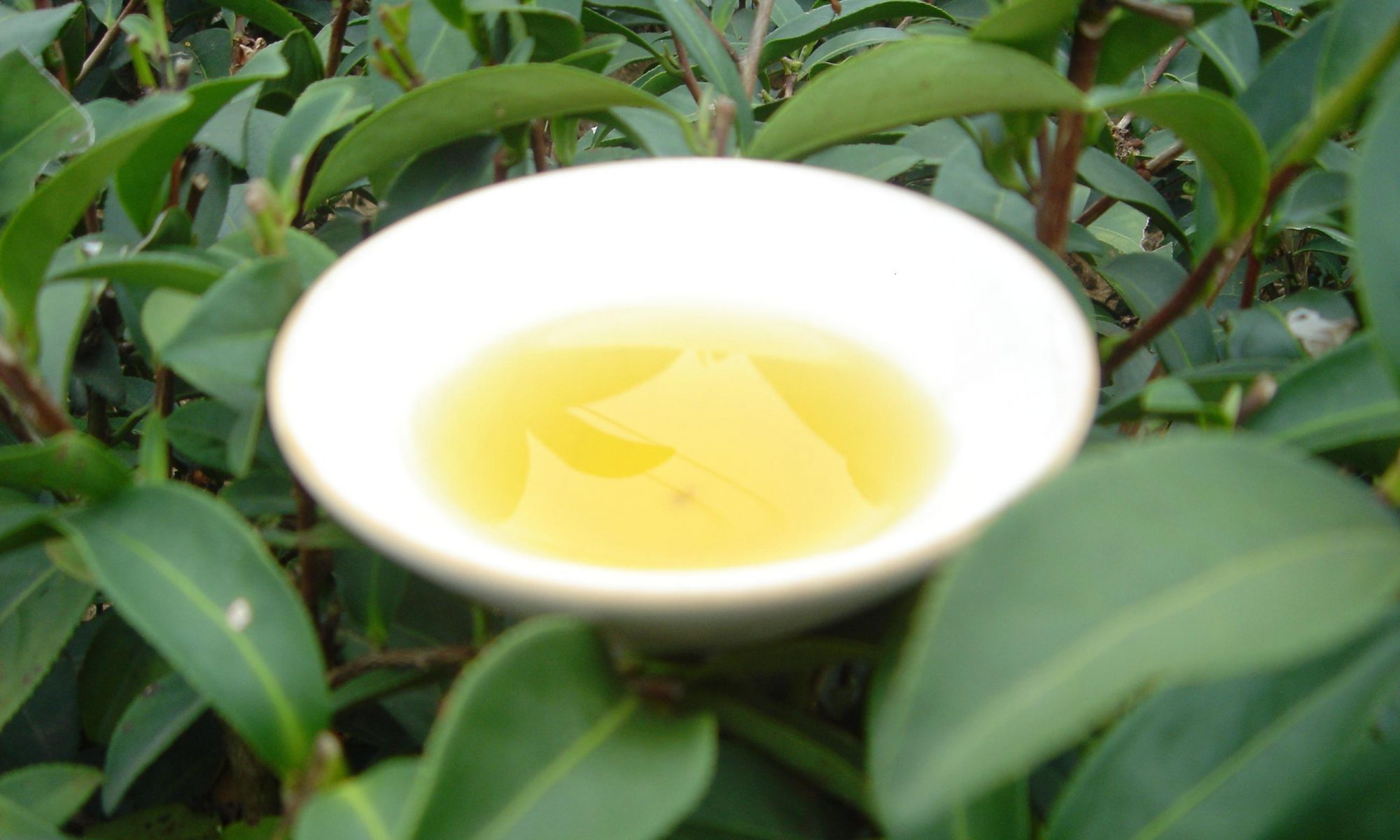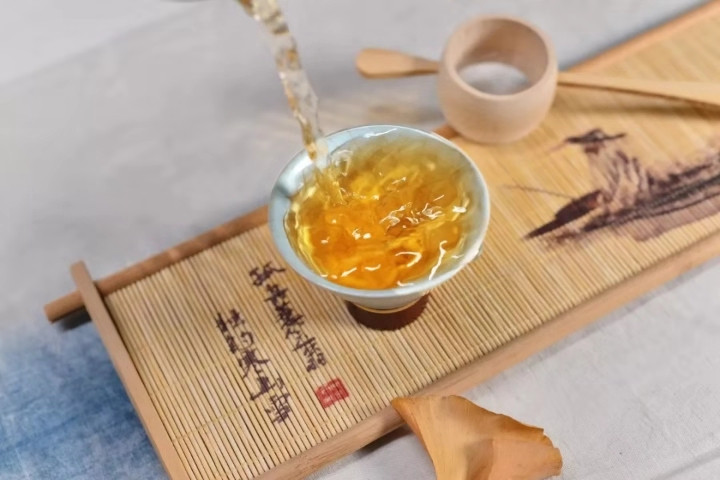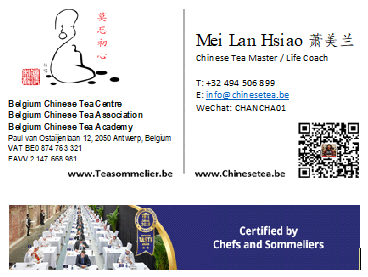TanYang Gonfu Cha is a premier quality black tea from Fu’An region in Fujian.
FuJian province is an import tea production region where there are plenty famouse teas, such as white tea, oolong, jasmine and black tea, in China, the most important ethnic group in FuJian is She ethnic group together with another 50 ethnic groups. Fu’An region is not just famous for TanYang Gongfu Black tea, but also known for its white tea. The geographical position is between Longitude: 119.546163 Latitude: 27.222276, the altitude is not very high, around 203meters above sea level but the climate and humidity are very suitable for tea tree growing.
The following basic manufacturing requirements are critical for any tea to be classified as “Gongfu Cha”:
- Suitable eco-balance in environment for tea tree growing
- Not excessive picking per year, to ensure tea trees could have sufficient rest for the next year harvest
- Hand tea picking to ensure the quality of raw tea leaves
- Quality classification subject to the picking of tea leaves, i.e. 1 bud with 1-2 leaves
- Good and appropriately managed withering is the prerequisite for the formation of good quality for all Gongfu Cha and Oolong tea.
- Even though now they can use some machines to aid the tea production, but still traditional tea manufacturing methods are well respected
- Repeated drying and charcoal roasting are important for the final formation of premier quality Gongfu Cha
TanYang JinZhen was in twitted shape by using tea leaves of 1 bud with 1-2 leaves, which are picked only in the Spring season. The most suitable tea leaves are from local Fu’An vegetable tea trees, FuDing DaHao or Fu’An DaBai. Production methods are rather complex by following the traditional manufacturing techniques and standards .
There are different legends about TanYang Gonfu Black tea (TanYang JinZhen 坦洋金针) ; one is said TanYang Gongfu Cha was created by Hu FuShi from TanYang village during 1851-1874.
According to literature, Fuan Xian exported 70,000 boxes tea in 1881 which meant TanYang JinZhen was popular in Europe at that time already. Due to the anti-Japanese Invade War, export channels faced severly setback, productions were severily damaged that caused sharply drop of production output. After the New China was established, due to the change of tea demand layout, the tea production in TanYang changed from “Red“ to “Green”, not much traditional TanYang Gongfu Cha left for TanYan JinZhen until 1988. TanYang JinZhen has gone through gradual evalutions. In the last two decades since 1991, TanYang JinZhen has been through with consistent modified and improved manufacruring methods to create better quality Gongfu black tea. No matter what and how they modern the production process, they persistently follow the traditional manufacturing methods with TanYang Gongfu black tea, i.e. spreading, withering, kneading, oxidated fermentation, further refined rolling, roasting and sieving.
Fujian government established a clear GIS guidline for TanYang JinZhen:
- Tea leaves from tea trees grow in the Fu’An region, widely distributed and mainly produced in Fu’An region, therefore TanYang JinZhen has very firmed GIS (Geographic Indication System) quality identity
- The dried leaves are in twitted shape
- Persistently to follow the basic black tea manufacturing method (withering, rolling, fermentation, drying) and further enhanced with refined shaping, sortings, eliminating inferior different quality and roasting processes.
- Prhibit to use any aromatic substance and additives in the production.
- Strengthen the quality control to ensure no peculiar smell and no deterioration
- Pure and authentic quality in flavors and tastes are their fundamental belief for sustainability development for a better future.
How to distingulish the quality?
- The color of dried leaves is in urun oily;
- The color of tea liqour is in shining golden amber red color
- It has pretty attractive fresh and elegant fraquence
- mellow and yet complex dried sweetness tastes in mouth
Brwing suggestions:
- All Gongfu Cha actually requires very heated water temperature from the boiling water
- Suggest to use neutral pH balance mineral water, but neither too soft nor hard water.
- Matching teaware : YiXing purple clay tea pot or white porcelain tea pot
- Use of tea leaves: 1gm: 50-80ml (subject to personal taste preference)
- Water temperature: 85-90°C
- Suggest to keep the brewing time short and sexy, because longer brewing time allow more dissolvants from tea tannins and catechins in tea that will increase the bitter taste in tea. But also try to avoid ‘too sexy’ short brewing that does not allow sufficient dissolving of amino acid that weaken the sweetness in tea.
Tea has very charming and complex multiple layers in fraquence and in taste. Multiple infusions definitely are possible, about 6-8 brewings.
Perhaps the price for premier quality teas is not so cheap because of its hand picking and manual manufacture processing; when you are willing give yourself a chance to experience the fine flavors and tastes that you can enjoy from the multiple infusions, surely you will appreciate the quality and understand the cost per cup actually is very economical. It is indeed tghe better quality tea can meet with your demands for economic and ecological life style while providing you a better quality appreciation.


